News & View, Volume 47 | Material Verification Intelligence
By: StevenBiles and Scott Riccardella
A new program to help pipeline operators implement the Material Verification requirements in recently released pipeline regulation (Mega Rule)
On October 1, 2019, the Pipeline and Hazardous Materials Safety Administration (PHMSA) published the long-awaited Mega-Rule (Part 1). One of the major new requirements identified in these amendments is when missing traceable, verifiable, and complete records, operators must implement a Material Verification (MV) (§192.607) program. MV requires operators of natural gas transmission pipelines, to develop and implement procedures to verify the material properties and attributes of their pipeline system. Included in the new regulation for MV are:
Develop procedures for conducting destructive and non-destructive testing
- Define population groupings and implement sampling programs
- Implement and document laboratory testing
- Complete in situ and non-destructive evaluations (NDE)
- Expand sampling if inconsistent results based on NDE and laboratory testing
- Document program results and preserve for the life of the pipeline asset

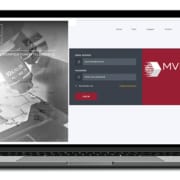
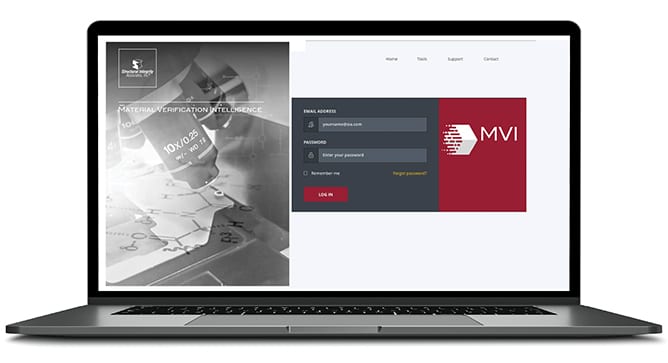
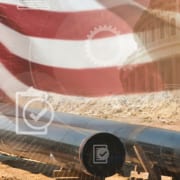
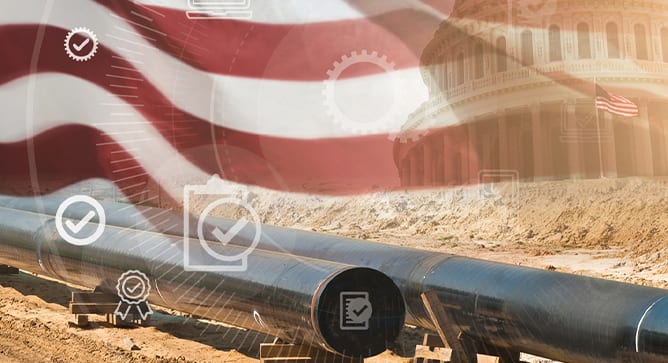 On October 1, 2019 the Pipeline and Hazardous Materials Safety Administration (PHMSA) published amendments to 49 CFR Parts 191 and 192 in the Federal Register issuing
On October 1, 2019 the Pipeline and Hazardous Materials Safety Administration (PHMSA) published amendments to 49 CFR Parts 191 and 192 in the Federal Register issuing 
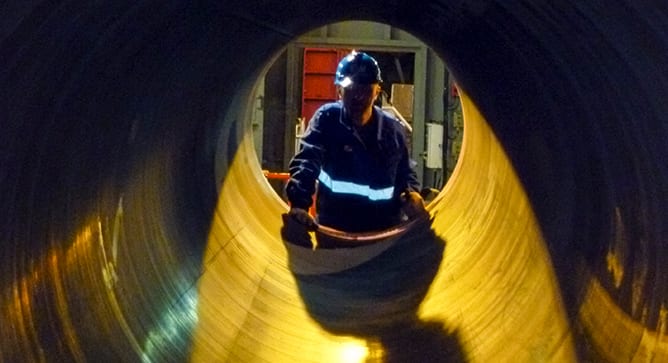
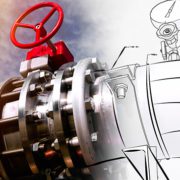
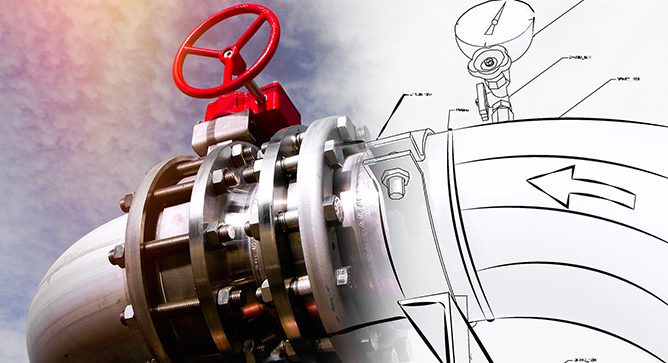

 Structural Integrity (SI) has significant depth and expertise in current pipeline safety regulations and dedicates substantial resources to ensure a comprehensive understanding of proposed pipeline safety regulations.
Structural Integrity (SI) has significant depth and expertise in current pipeline safety regulations and dedicates substantial resources to ensure a comprehensive understanding of proposed pipeline safety regulations.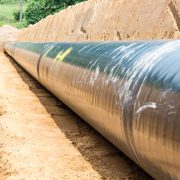
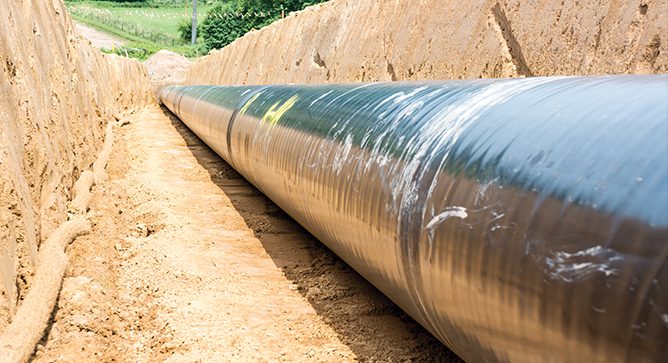 In January 2012, the Pipeline Safety, Regulatory Certainty, and Job Creation Act of 2011 was signed into law directing PHMSA to take steps to further assure the safety of pipeline infrastructure.
In January 2012, the Pipeline Safety, Regulatory Certainty, and Job Creation Act of 2011 was signed into law directing PHMSA to take steps to further assure the safety of pipeline infrastructure.